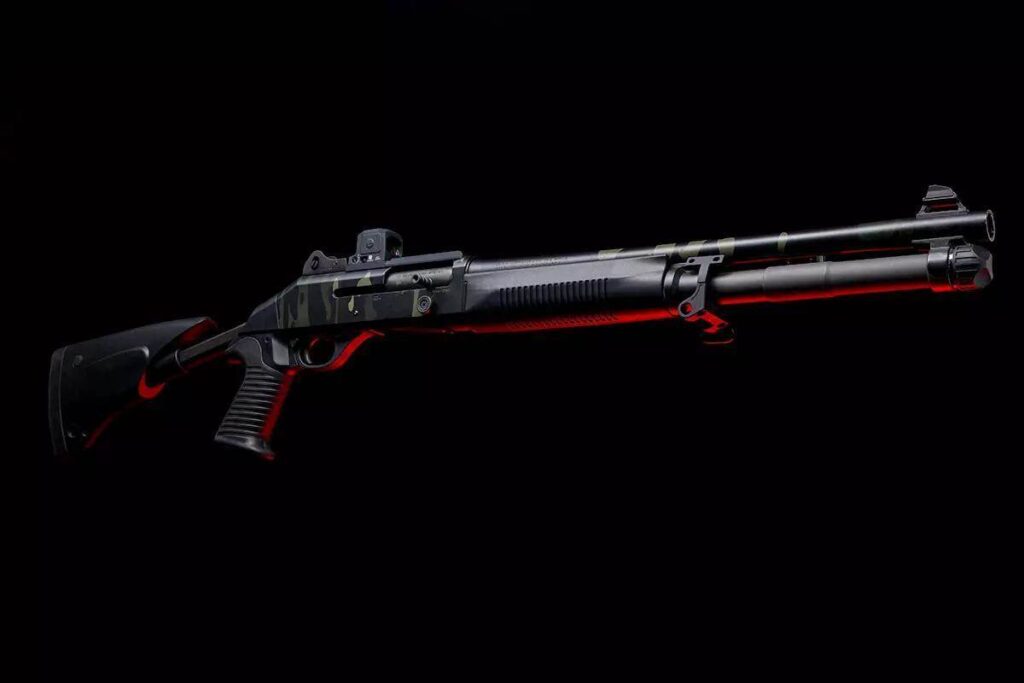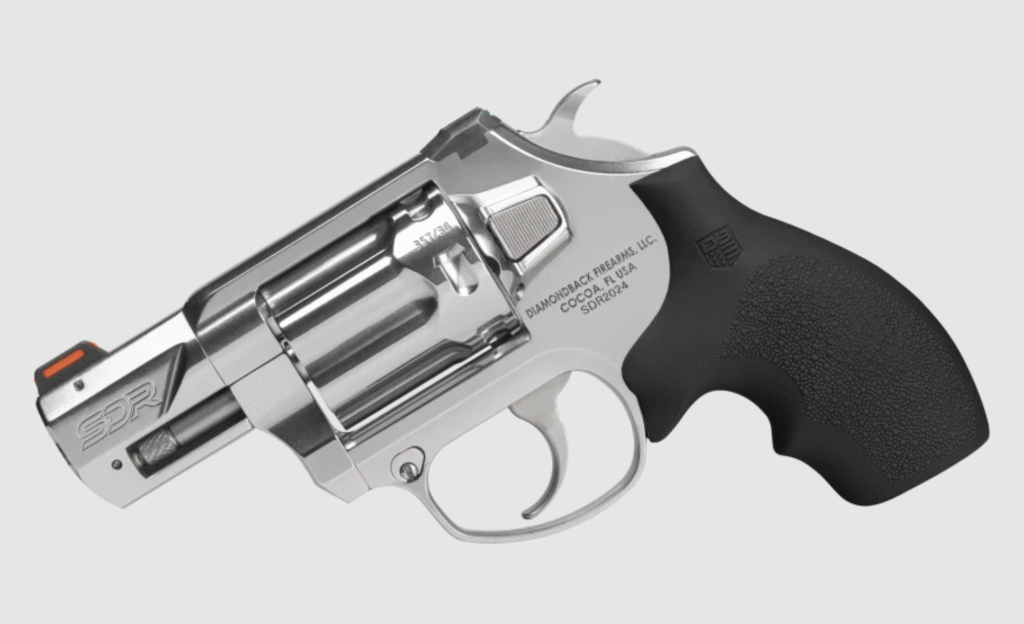[Ed: DRGO’s Dr. John Edeen delivered this testimony on June 23 to the Texas legislature’s Committee on Homeland Security and Public Safety strongly advocating effective school protection of our children, which is DRGO’s long-held position.]
Thank you, Chairman White, for inviting me to give my testimony today. My name is John Edeen, MD. I am a pediatric orthopedic surgeon who has practiced in San Antonio for almost 25 years. I am a Navy veteran and a firearms instructor certified by the NRA, Massad Ayoob Group and Rangemaster. I am also the Membership Director for Doctors for Responsible Gun Ownership. (www.drgo.us).
Advertisement — Continue Reading Below
The events of May 24, 2022, at Robb Elementary, hold a personal connection. Eva Mireles, one of the two teachers murdered that day, was the sister of my medical assistants in my orthopedic practice. In addition, one of the surviving children was surgically treated by one of the pediatric trauma surgeons that night. I was the on call orthopedic surgeon for the Children’s Hospital that night.
Ed Monk (Last Resort Firearms Training), LTC, USA, Ret., former law enforcement and high school teacher has studied and analyzed all the active shooter events since the UT Clock Tower Shooting in 1966. He has simply broken down each of these shootings and planning should consider two factors: MATH + TIME. On average, one person is shot every 10 seconds. The numbers are worse in the first minute and do not account for a single person being shot multiple times:
TIME in minutes 1 2 3 4 5 6
Advertisement — Continue Reading Below
Average casualties 6 12 18 24 30 36
Adjusted casualties 12 19 24 29 33 36
When someone walks into a room and starts shooting, when do you want it to stop? 10 minutes? 8 minutes? 5 minutes? 3 minutes? Or RIGHT NOW? You need a plan to make it happen.
Advertisement — Continue Reading Below
IF there is an armed person in place, 1-9 victims. IF you wait for 911-police response 30+ victims.
J. Eric Dietz, PhD of Purdue University did a computer modeling study of active shooter response in schools. He looked at 4 scenarios:
1. No access control or any type of security within the school
Advertisement — Continue Reading Below
2. Concealed carry individuals (5-10% of work force) present within school
3. Assigned School Resource Officer
4. Assigned Resource Officer and concealed carry individuals (5-10%)
Advertisement — Continue Reading Below
He did 50 runs of each proposed scenario and found that decreased response time = decreased casualties:
- No access control/security Highest casualties
- Concealed carry 5% 6.8 % decreased casualties, 5.4% decreased response times,
” 10% 10.6% decreased casualties, 16.8% decreased response time
3. Resource Officer only 66.4% decreased casualties, 59.5% decreased response time
Advertisement — Continue Reading Below
4. Resource Officer + CC 5% 69.9% decreased casualties, 59.7% decreased response time
Resource Officer + CC 10% 70.2% decreased casualties, 62.7% decreased response time.
The answer is having armed, trained and willing people in place at the time the active shooter chooses to attack. Gun free zones are like shooting fish in a barrel for the active shooter.
Advertisement — Continue Reading Below
Ed Monk recommends these steps be taken to mitigate the effect of an active shooter in a school:
- Completely change response plans from passive (call 911 and wait on someone to travel here and save us) to active (we will stop him).
- Develop response plans focused on immediate counterattack- fighting and stopping the active shooter within the first 30 seconds, well before the first ambulance or law enforcement officer arrives.
- Train, resource and practice the counterattack response.
- Wargame the plan against real, evil, thinking, motivated attacker.
- Base the plan on the attacker and start locations most likely for their school.
- Base the plan on the End State= the number of victims.
- Take responsibility for the victim count.
- Teach staff and students their 3 options of response (Fight, Flee, Barricade).
- Give staff & students permission to make their own decisions
- Give staff & students permission and encouragement to fight
- Encourage fighting immediately: teach staff & students how to fight
- If legal, have enough armed staff members spaced out so that at least one is likely to hear or see the first shot of the attack
- If not legal, change the law.
We do not have to reinvent the wheel. In Ohio, FASTER (Faculty, Administrator, Safety Training & Emergency Response) has 3000 school volunteers, in 300 school districts in 20 states over the past 10 years. They have also established a program in Colorado and are working on Arizona and Florida. The training begins with a one-day foundation class to assess baseline skill level and requires a concealed handgun license. Those who are accepted participate in a three-day Level 1 course which covers the history of active shooters, mindset and adversary tactics. There is a shooting instruction component and qualification test that exceeds that of the Ohio State Police Standard. They also get training on shooting while moving, use of barricades and room entry tactics. They do training in Tactical Combat Casualty Care (TCCC) and learn to stop hemorrhage and manage airways until EMS arrives and is allowed into the scene. On the last day they do realistic force on force scenarios. Level 2 training builds on Level 2. Level 3 training takes place in the schools with first responders (medics & police).
In a recent conversation with Jim Irvine, one of the founders of the FASTER program, he pointed out some added benefits of the collaboration between school administrators and law enforcement. A double homicide in a convenience store was solved when the juvenile murders were identified by the video when reviewed by school staff. Also, competition between school staff and law enforcement during joint training has improved pistol marksmanship on both sides. (www.fastersaveslives.org).
Advertisement — Continue Reading Below
In conclusion, armed response time is the most important factor once an active shooter event in a school occurs. Some schools in Texas have already gotten the message and have armed volunteer teachers and staff. All need to. The days of planning to call 911 and wait for police to respond should have been over since Columbine in 1996. The lessons have not been learned. How many more Sandy Hooks, Marjorie Stoneman Douglases, Santa Fe High Schools and Robb Elementary Schools do we need before we protect our most valuable asset with armed personnel that have a chance to disrupt and deter the active shooter in the school?
.
.
—Dr. John Edeen is a pediatric orthopedic surgeon in San Antonio, TX and is active in seeking the right to carry for qualified hospital staff. He is DRGO’s Membership Director.
















